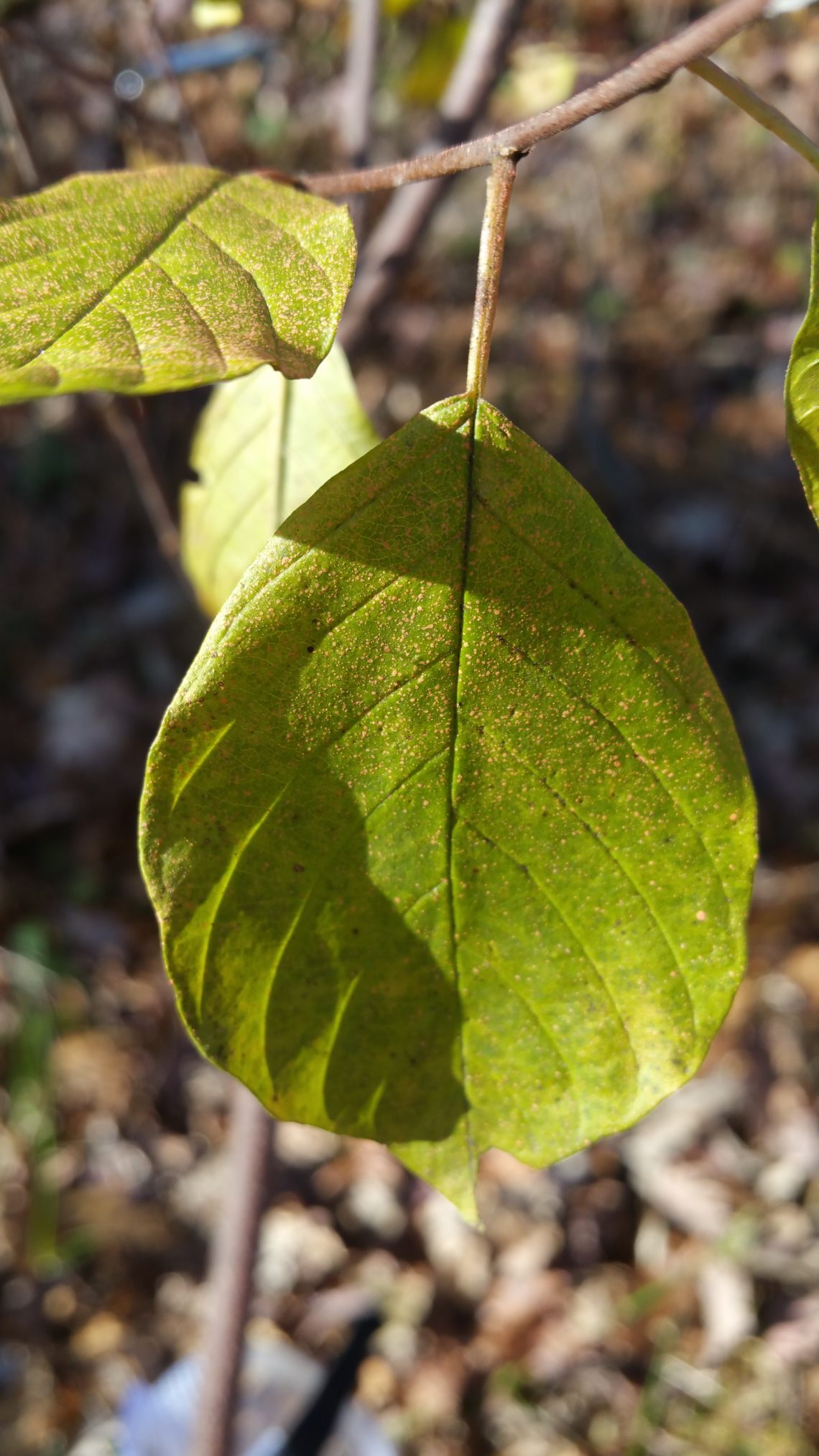
WE ARE BEING INVADED BY EUROPEan buckthorn!
I originally heard about buckthorn at a TEDx event at my local library last year, but I honestly did not do anything afterwards. I recently saw on the Lake County Forest Preserve District calendar that there was a program at one of the nature centers close to me focused on the removal of buckthorn. I figured that I would take the opportunity to learn more. (I was the only person in attendance who really did not know what buckthorn even looked like. Everyone else there knew of their buckthorn problem and wanted to find out what to do about it.)
Well, I learned a lot! Buckthorn is found extensively in the continental United States. 42% of the tree landscape in my county is buckthorn, and the number is over 28% for the Chicago area. Since the 1800s, over 88% of the oak dominated communities have been lost. Buckthorn is now the most common tree in the Chicago area. Although it may look green and lush, this just provides a false sense of security. It is rapidly spreading, and, in the process, continues to damage our ecosystem. It is a key conservation goal to remove much of this invasive buckthorn. There are, of course, challenges. It has an affinity for disturbed areas. (This can be just about any place with soil.) Additionally, there are two types of buckthorn–European (Rhamnus cathartica) and glossy (Rhamnus frangula). The glossy buckthorn prefers wetter areas, generally the areas too wet for European buckthorn. (All of the photos with the exception of the featured image at the top and one of me at the end were provided to me by Brett Peto of the Lake County Forest Preserves.)
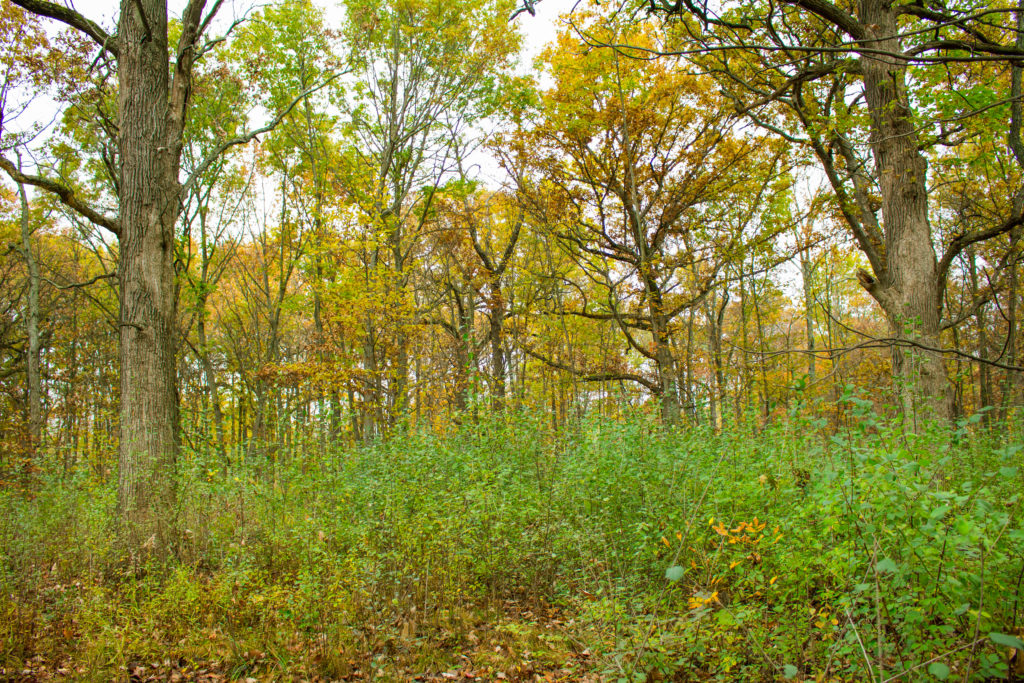

This invasive species creates instability in the ecosystem in multiple ways. It reproduces rapidly and produces and retains leaves longer than most other plants. This can rob the ground layer vegetation of sunlight thus reducing the diversity and abundance of native plants. The berries of the plant have little nutritional value for wildlife, plus they act as a diuretic in birds. In other words, the berries do not provide much benefit yet birds are spreading the seeds around in their frequent poop.
Buckthorn triggers additional chain reactions. It has a higher nitrogen level than other plants. This increases the rate of leaf decomposition on the ground, changes the pH and nitrogen levels in the soil, causes bare soil conditions, causes root systems to be exposed and thus weakened, leads to increased susceptibility to erosion, and leads to an increase and then collapse of the arthropod colonization of the soil. Arthropod communities are the base of many food webs. Additionally, the effect of leaf decomposition affects the amount of oxygen in the soil which affects viability of eggs in the soil.
When there is a buckthorn invasion, the birds that eat insects need a larger home range. This leads to decreased bird diversity and density. Fruit eating birds remain, and these increase the spread of the seeds.
Buckthorn produces a compound called emodin. This protects the buckthorn from pathogens but also deters native wildlife from eating it. Herbivores eat the other native plants leading to more bare soil and increased opportunity for more buckthorn germination. Emodin can also inhibit the growth of nearby plants and microorganisms. The emodin is a chemical in the leaf, and when the leaf breaks down, the chemical goes into the soil. There it kills the fungus that native shrubs and trees need to grow. It has even been shown to affect the larval stages of frogs and salamanders. Guess what salamanders do. They eat mosquitos. A decrease in the salamander population leads to an increase in the mosquito population.
Noticing the cycles? Not good. Until I actually knew what I was looking for, I did not appreciate just how widespread buckthorn is. Now that you know to be afraid, what should you look for? First of all, I previously mentioned that buckthorn produces and retains leaves earlier and longer. That does make it much easier to identify at this time of year since it is one of the few plants you will find in the Chicago area with leaves still present. The leaf is egg shaped, pointed at the tip, dark glossy green, finely toothed, and has 3-5 pairs of veins.

Branches/twigs alternate and end in a small, ¼ inch thorn.
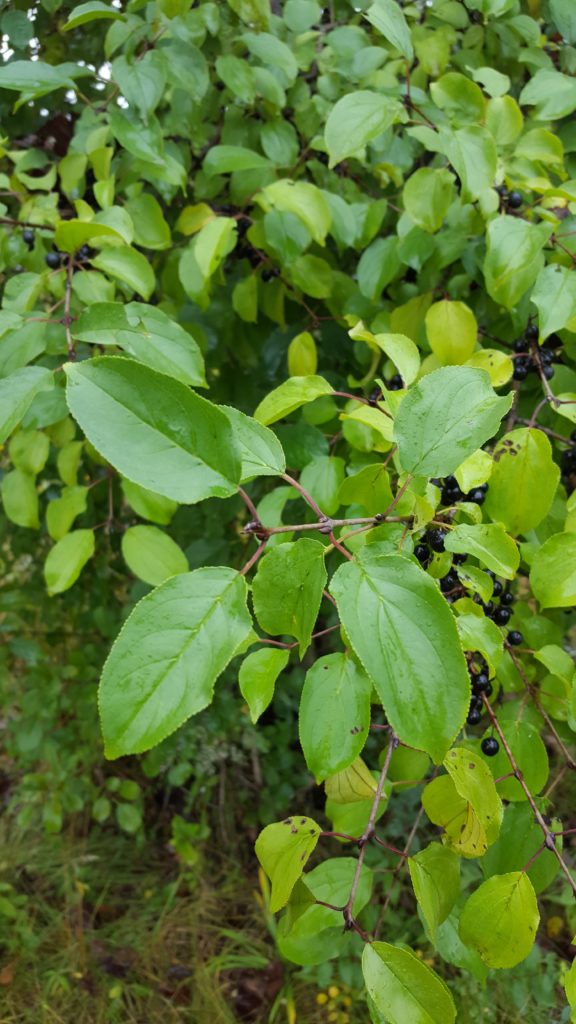
The flowers are inconspicuous, yellow-green, and bloom from May 7-June 12.
The fruit is round, dark purple-black, found in clusters, ¼ inch in diameter, ripens in August-September, and each fruit contains 3-4 seeds.



Don’t feel helpless! You can do something! First, do what you can to attract and support wildlife (ie plant flowers, have bird feeders). High quality natural areas are important. Identify buckthorn in your own yard. Consider buckthorn removal and replacement with native species.
Clearing buckthorn is a big task, but every step helps. Try to remove the fruit bearing trees first to help decrease the dissemination of seeds. (The seeds can be viable for 2-6 years!) The best time to treat and remove these plants is late fall into winter. They are certainly easier to identify at this time of year due to the presence of leaves when most of the other trees are bare. Herbicide is beneficial. Burning can be helpful as well. If unable to use herbicide, just cutting down the plants can help eliminate some of the cover which blocks sunlight and decreases the availability of the berries. Some of the smaller plants can be pulled by hand. In general, follow-up is very important. Triclopyr and glyphosate are some of the available herbicides. If you cannot cut down an entire tree, “girdling” the tree by cutting in approximately 1⁄4 inch may still allow you to apply herbicide to the areas of the tree where nutrients are being transported. Whatever you do, whether is pulling plants, cutting them, and/or applying herbicide, it is very important to wear appropriate personal protective equipment. This link will provide better detail of what you can do better manage buckthorn.

I hope that you find this information interesting. I know that I did. The next time you step outside, take a look. You will likely spot these invaders!



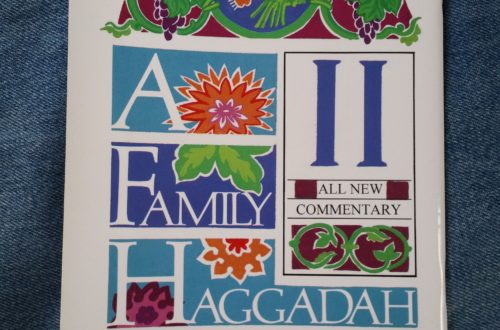
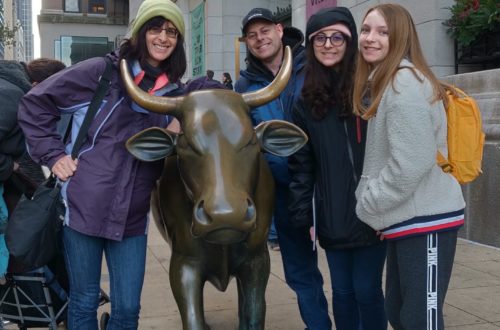
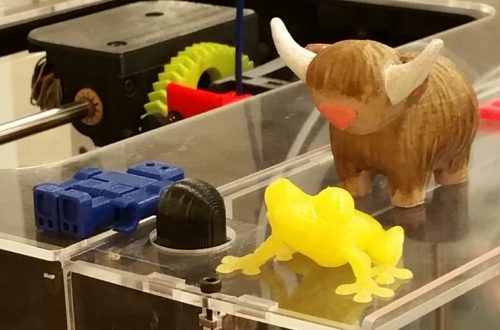
2 Comments
Rachel
Useful information!
Beckie
You will be looking at plants in a very different way now.